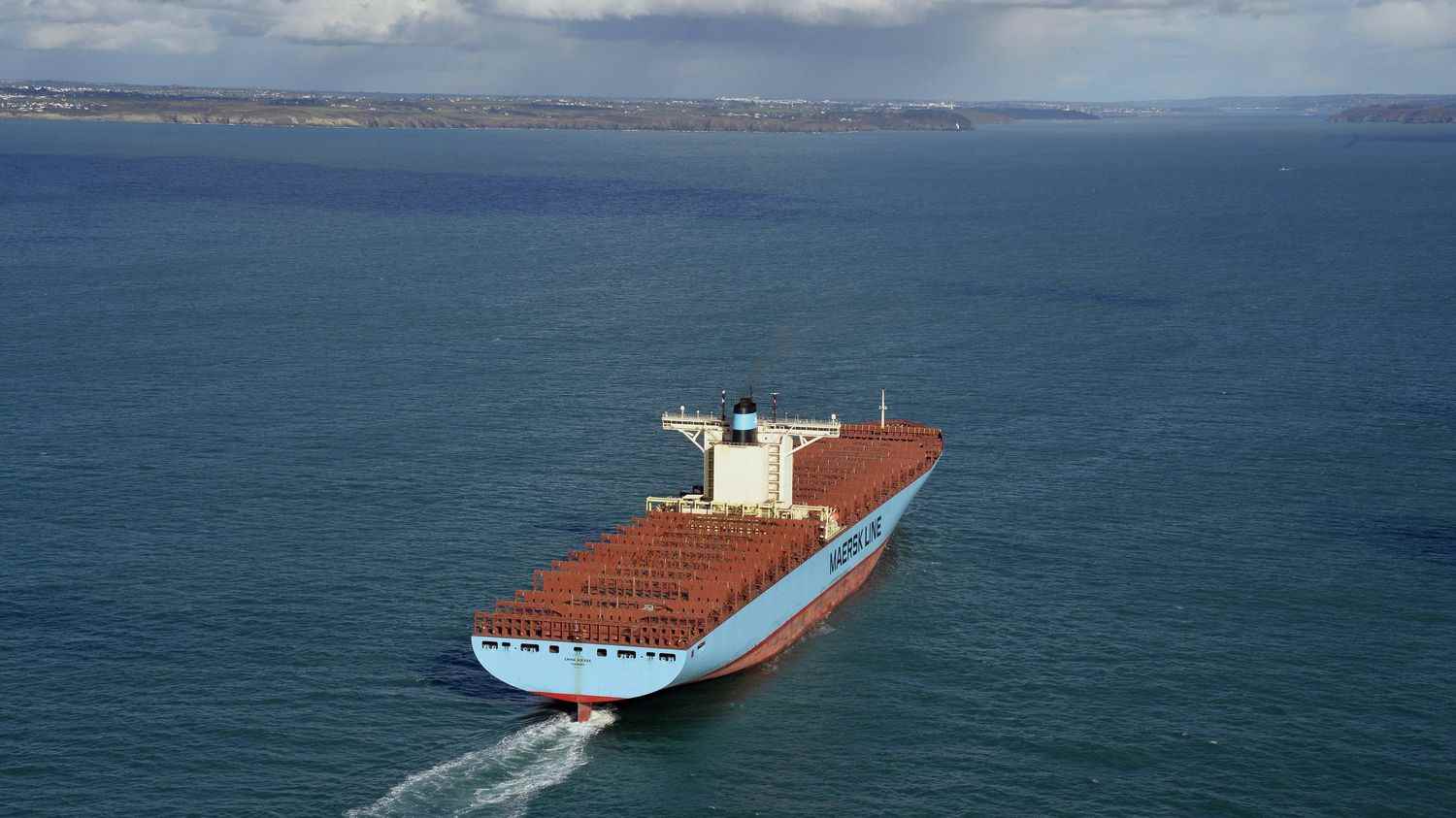A study presented to the European Parliament suggests adopting a “blue speed” to reduce noise that disturbs marine fauna.
Article written by
Posted
Reading time : 1 min.
Underwater, sound waves travel five times faster than in air and they travel very far. This is what allows, for example, whales to hear storms thousands of miles away. It is also what allows many fish, dolphins and cetaceans to communicate, hunt, orient themselves and mate. The problem is that over the past fifty years, the proliferation of ships, ocean liners and container ships has injected a lot of noise into the oceans. Today 90% of the goods consumed in the world are transported by sea and 60,000 commercial ships circulate permanently on the oceans.
A sound recording made by a Canadian research center (and reproduced on the site of the International Fund for Animal Welfare) gives a small idea of what happens underwater when a boat arrives. Engine noise prevents communication, killer whales are disoriented and since the 1970s, studies show that underwater noise doubles every ten years.
Slowing down the boats will change a lot at this sound volume. This is shown by the study which has just been presented to the European Parliament by the International Fund for Animal Welfare (Ifaw). By forcing ships to cap their speed at 75% of the design speed (which amounts to reducing these speeds by about 10%), we would reduce underwater noise pollution by 40%. Defenders of this measure call it a blue speed. A protective speed of the oceans, a little less than half of the European fleet is already circulating at this blue speed.
Moreover, slowing down also saves fuel and it is perhaps this argument that will convince the highly competitive maritime freight sector to slow down. According to Ifaw, a 20% reduction in speed means up to 30% fuel savings and therefore also less CO2 sent into the atmosphere. Maritime freight is estimated to be responsible for 13% of greenhouse gas emissions.
